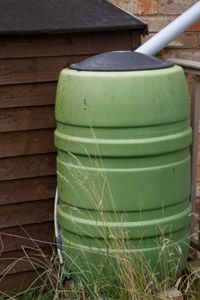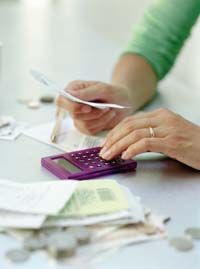Whether you live in the temperate southern regions of Europe, the steamy equatorial tropics or the rain-soaked Pacific northwest of the United States, you should be thinking about water conservation. Despite the fact the two-thirds of the planet is covered by water, only a minute fraction of that vital liquid -- about 1 percent -- is fresh water that isn't frozen in the polar ice caps. The world's booming human population means that there's more demand than ever for clean water for drinking, bathing, agriculture and industrial use [source: American Water Works Association]. On our crowded planet, water is not a resource that can be taken for granted.
Water affects everyone -- a human being typically needs to consume at least 9 to 13 cups (2.2 to 3 liters) of water a day to stay healthy [source: Mayo Clinic]. But drinking water only makes up a small portion of the water we consume. Only about 8.5 percent of the total fresh water consumed in the U.S. is used in homes for drinking, cleaning and gardening. The biggest user of fresh water, accounting for more than 40 percent of what's consumed, is thermoelectric power: Most power plants in operation today use steam pressure to run their generators (the different fuels -- coal, natural gas and nuclear fuel -- used by thermoelectric power plants all heat water to make steam). Irrigation for crop production accounts for another 37 percent of the fresh water used. So if you use electricity or consume food, you're using water there, too.
Advertisement
All of these uses come with costs: Water sources are taxed by overuse, and homeowners who don't pay attention to dripping faucets and running toilets can face sticker shock when the monthly utility bill arrives. Whether environmental or financial, there are plenty of good reasons to conserve water at home. Read on to learn more about some of the most common household water-wasters and the often-simple tricks you can use to help your family conserve water.



